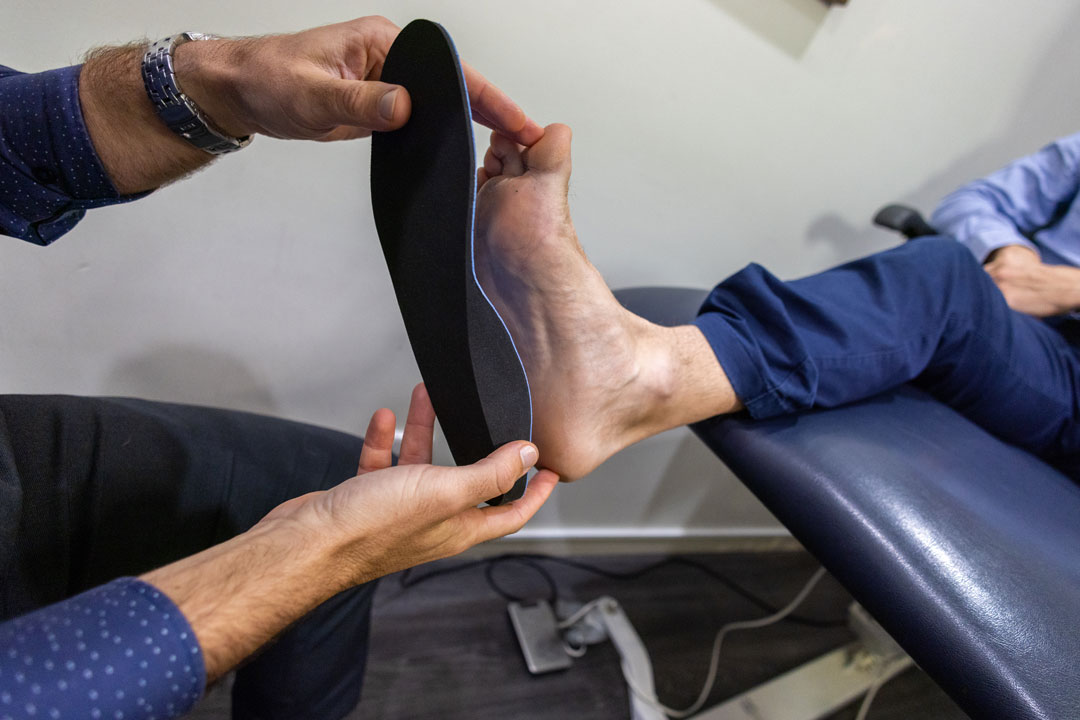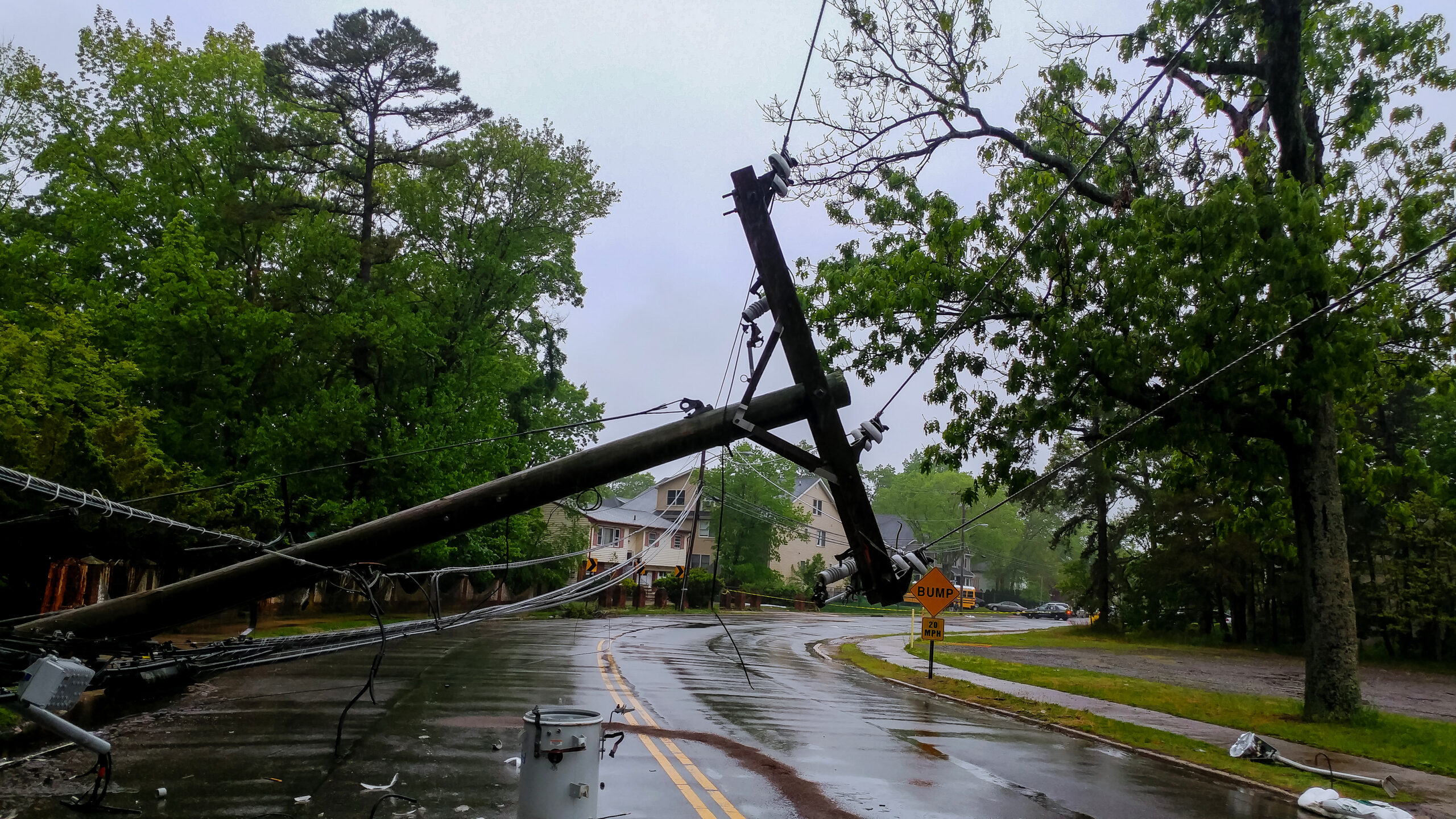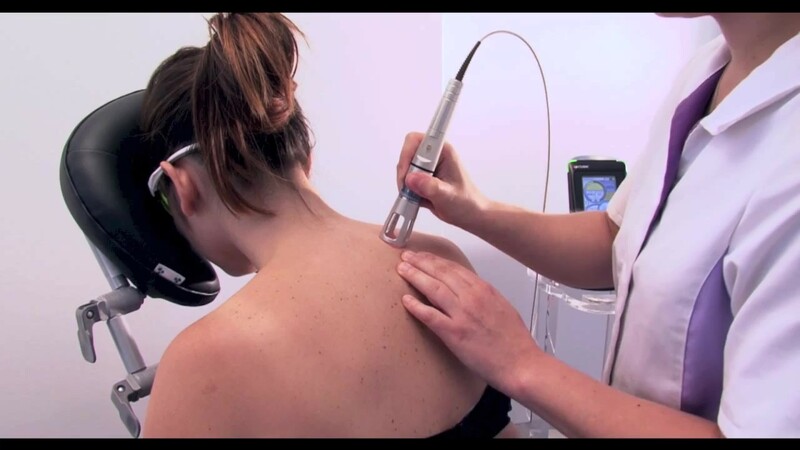What is Tibialis Posterior Tendon Dysfunction (Adult Acquired Flat Foot)?
Sometimes known as adult-acquired flat feet, or sometimes ‘fallen arches’, tibialis posterior tendon dysfunction is one of the most widespread foot complaints in adults. It occurs when the arch in the foot progressively flattens over an extended period of time, with an associated loss of function that sometimes results in pain.
Causes
The condition can be caused by a variety of factors, including injury to or deterioration of tendons that support the arch of the foot. Abnormalities in the structure or function of joints and bones may also play a role in developing flat feet. The condition can become painful in later adulthood, causing aching and weakness in the foot, ankle and knee.
There are also a few risk factors that can lead to the development of flat feet, including:
- Diabetes
- Pregnancy
- Obesity
- Rheumatoid Arthritis
- Ankle/foot injury
Symptoms
Many people may have low arch profiles but a progressive collapsing in adults may be a sight of AAFF
This condition can become painful, causing aching and weakness in the foot, ankle and knee. It may also lead to problems in the hips and lower back due to poor postural alignment caused by weak feet. Symptoms of flat feet include:
- Pain in the foot and inside of the ankle that is more noticeable after standing or walking for long periods
- Difficulty walking (especially longer distances) or trouble climbing stairs. This may be harder on one side than the other
- Loss of ability to stand on tippy toes
- Fatigue in the feet after prolonged standing/walking/playing sports
- Swelling along the inside of the foot and ankle, more specifically, the tarsal tunnel
- Change in the angle of the foot when walking, with a possible increased bulge or bowing on the inside edge
Diagnosis
During your consultation, your podiatrist will examine your feet to observe them from the front and back, possibly while walking or standing on your toes. They may also assess the wear pattern of your shoes for an indication of which areas of your feet make the most contact with the ground when you walk.
Your podiatrist may also order further diagnostic imaging such as an X-ray, MRI, CT scan or ultrasound to identify which structures may be damaged or sensitive and rule out any serious damage or more complicated issues that may be contributing to your pain.
Treatment
The good news about an adult-acquired flat foot is that it can generally be treated successfully with minimal non-invasive treatments including:
In confirmed AAFF we would initially look to increased comfort by supporting the collapsed arch, this may be achieved with taping, footwear modification or arch supports.
Arch supports/orthotic devices
Your podiatrist may suggest inner soles or other orthotic devices for arch support to correct your flat feet. In more advanced cases, devices such as a Ritchie Brace or moon boot may be used on a short-term basis.
Supportive footwear
If you are suffering from flat feet, you may need to change your footwear to something that offers better support for your arches. Ask your treatment provider for their recommendations.
Once there is some improvement your podiatrist may start to incorporate some flexibility and strengthening work to help you get back to your sport or activity
Prevention
Early identification of changes in the shape of your arch or the strength of the foot may be the best way to prevent further complications or progression of the injury. Footwear appropriate to your activity may also lower your risk.
Summary
Adult-acquired flat foot is a common affliction that can be managed effectively with a number of non-surgical treatments including physical therapy and orthotic devices. Symptoms can include pain, fatigue and difficulty walking.
If you are suffering from the symptoms of adult-acquired flat foot, or other foot concerns, make an appointment to see one of our podiatrists at Spine Sport Feet clinic or phone (07) 5580 5655 for more information.







